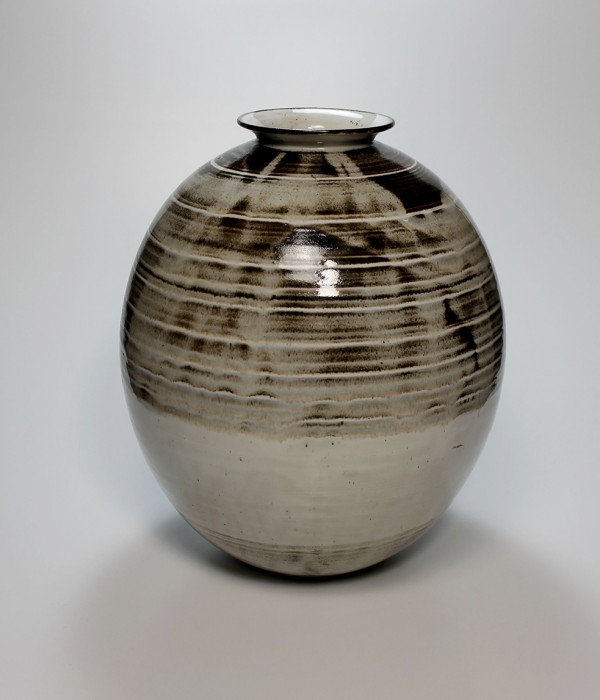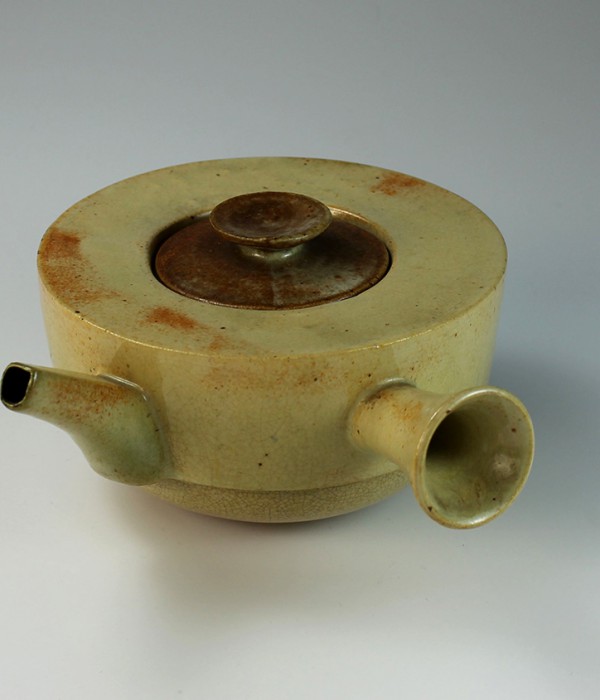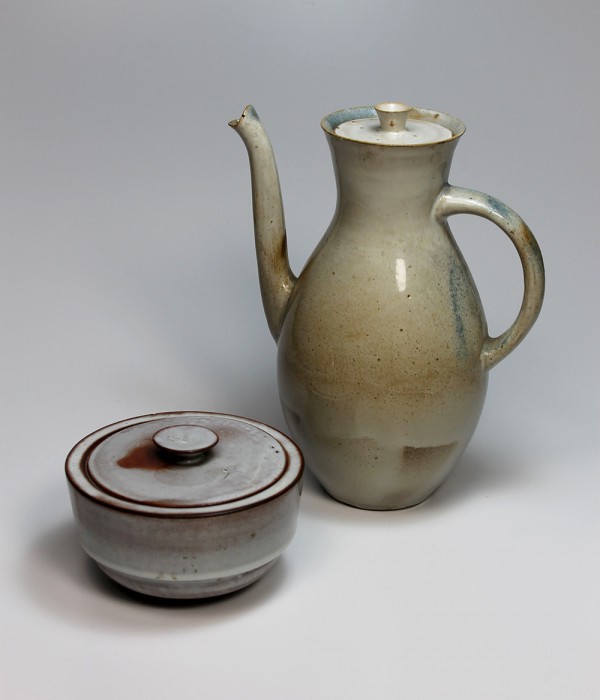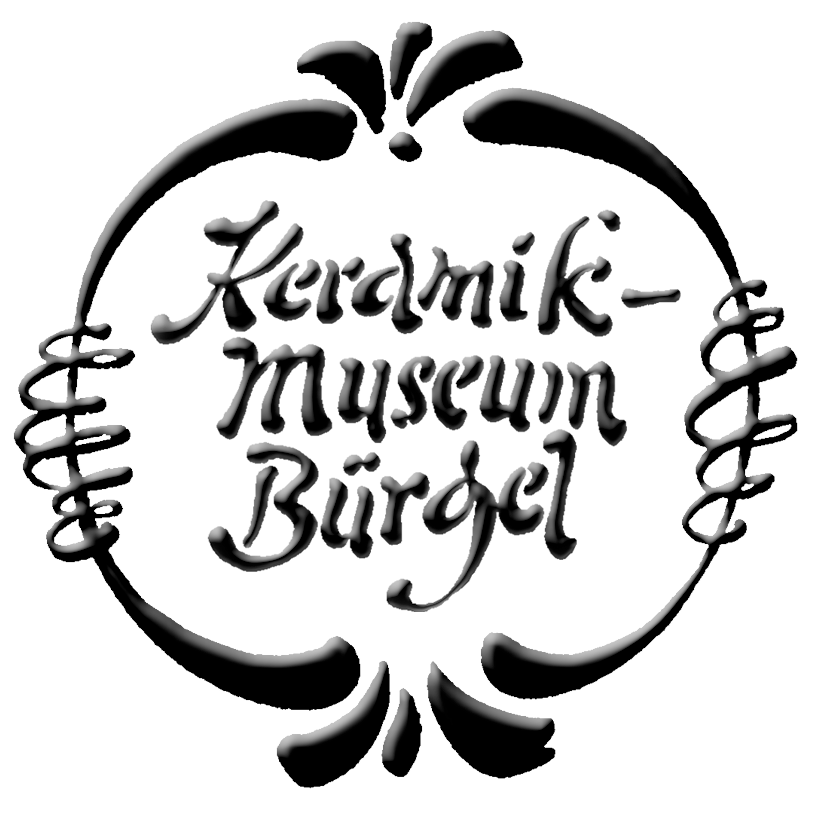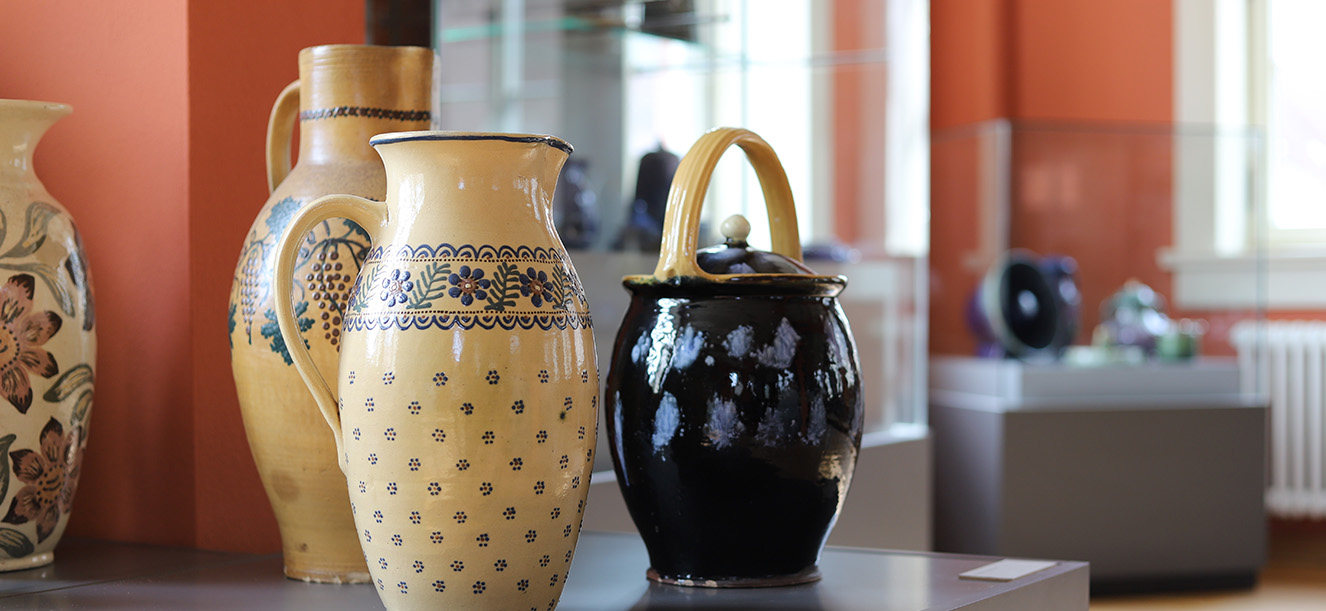
The collection
The Ceramics Museum in Bürgel was established as early as 1880 as a collection of samples open to the public and is the only museum of its kind in Thuringia. The collection comprises over 5000 objects from all periods of Bürgel's 450-year pottery history, 20th century German ceramics history, and (inter)national contemporary ceramics. The collection of Art Nouveau (»Jugendstil«) ceramics by the influential designer Henry van de Velde is particularly noteworthy and extensive. A more recent addition to the collection are products of the Dornburg ceramics workshop, especially from the time of the Bauhaus and Otto Lindig.
Special exhibitions are dedicated to contemporary or historic ceramicists, pottery workshops, and to specific themes on the history of international ceramics.
The Henry van de Velde and Bürgel Art Nouveau Collection
Working from Weimar, Henry van de Velde (1863–1957) was deeply involved in the production of ceramics in Bürgel for thirteen years. He provided his own vessel designs as well as his students’ work, presented Bürgel products at trade fairs or exhibitions, and analyzed economic conditions, raw materials and technical processes. He furthermore contributed to an improved training of the potters, educated the manufacturers in aesthetic aspects and enhanced the sample collection of the Ceramics Museum. Thanks to his influence, ceramics production in Bürgel assumed a new image from about 1904 to 1908. On the one hand, it became largely liberated from the stylistic mix of historicism, while on the other, new directions in terms of design and color were established. The manufacturers Franz Eberstein, Carl Gebauer, Max Neumann and C. A. Schack, in particular, incorporated Henry van de Velde's suggestions and executed his designs, along with designs by students of the Weimar School of Arts and Crafts. As a result, Bürgel became a center of modern ceramics.
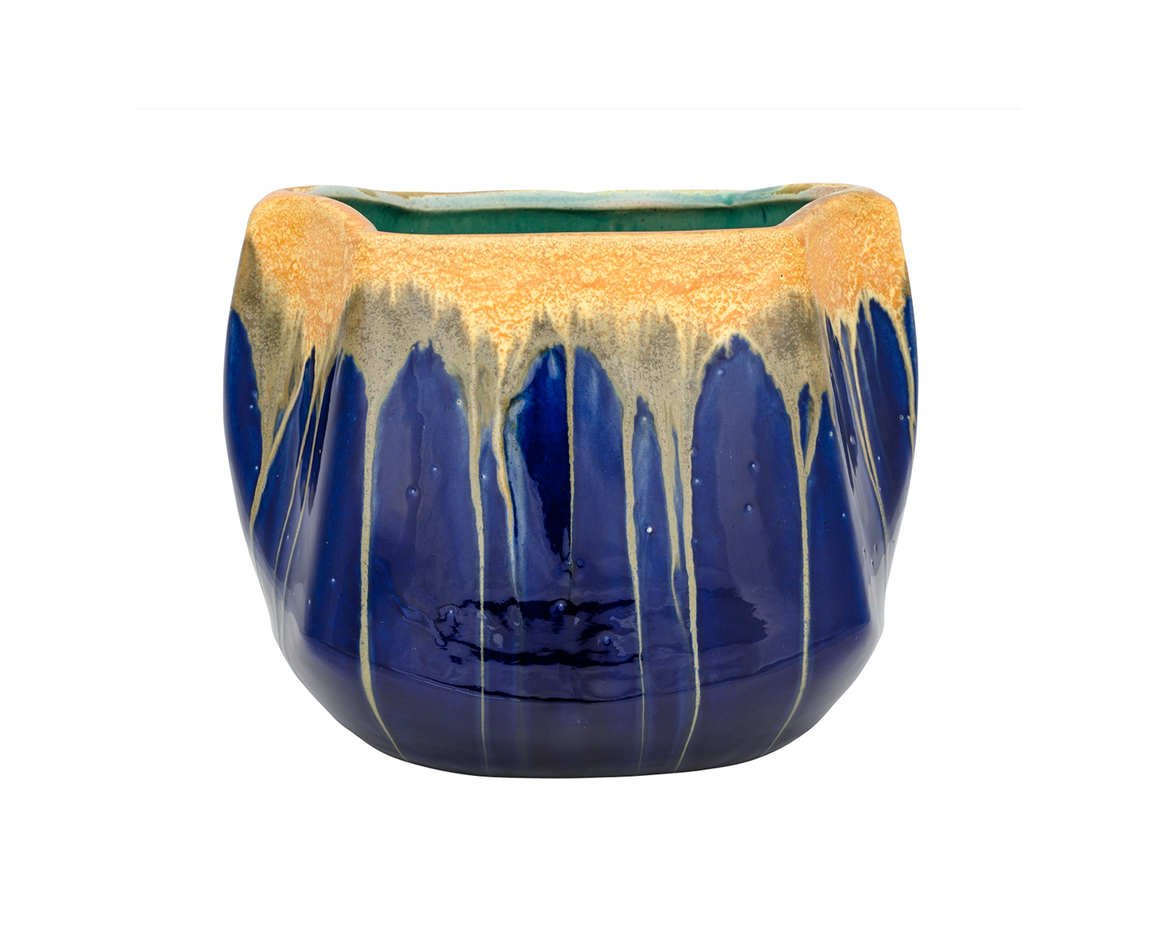
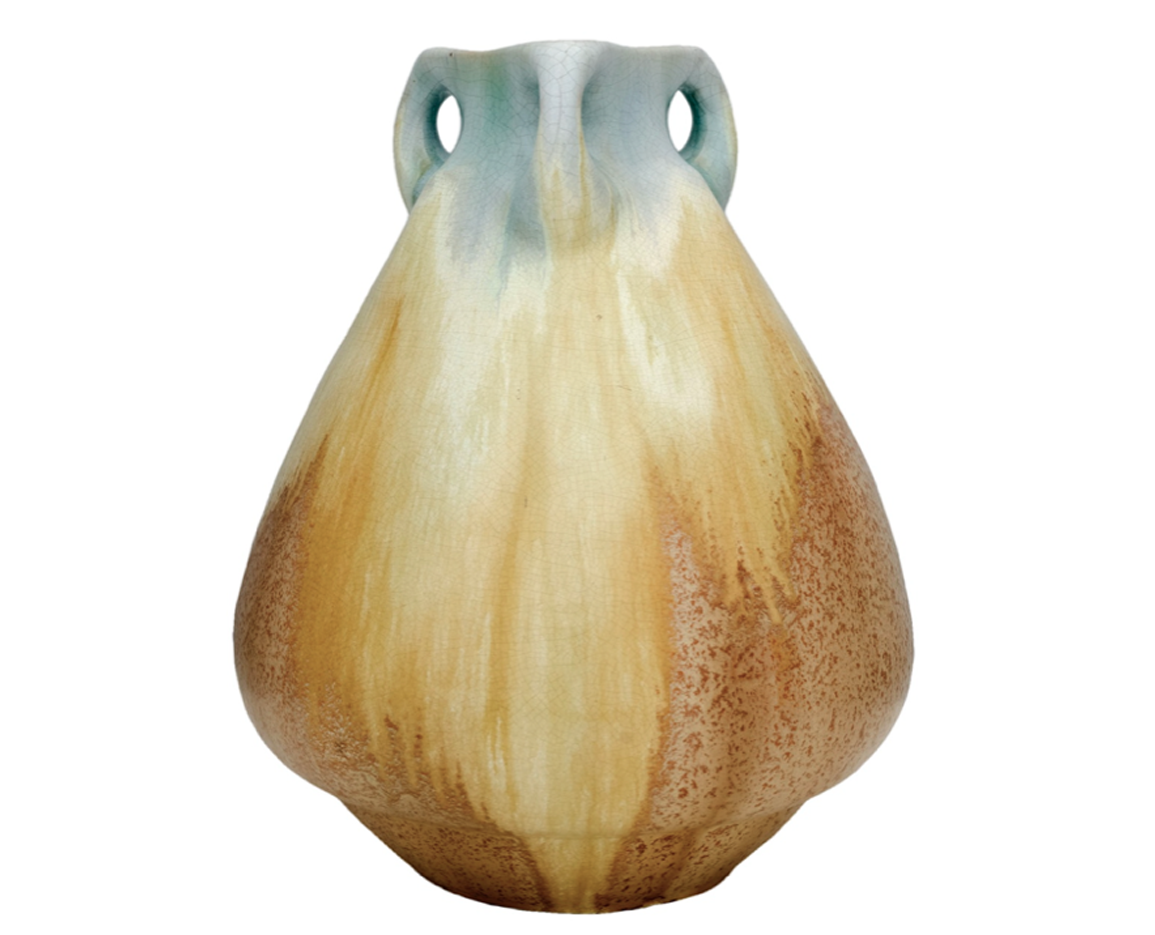
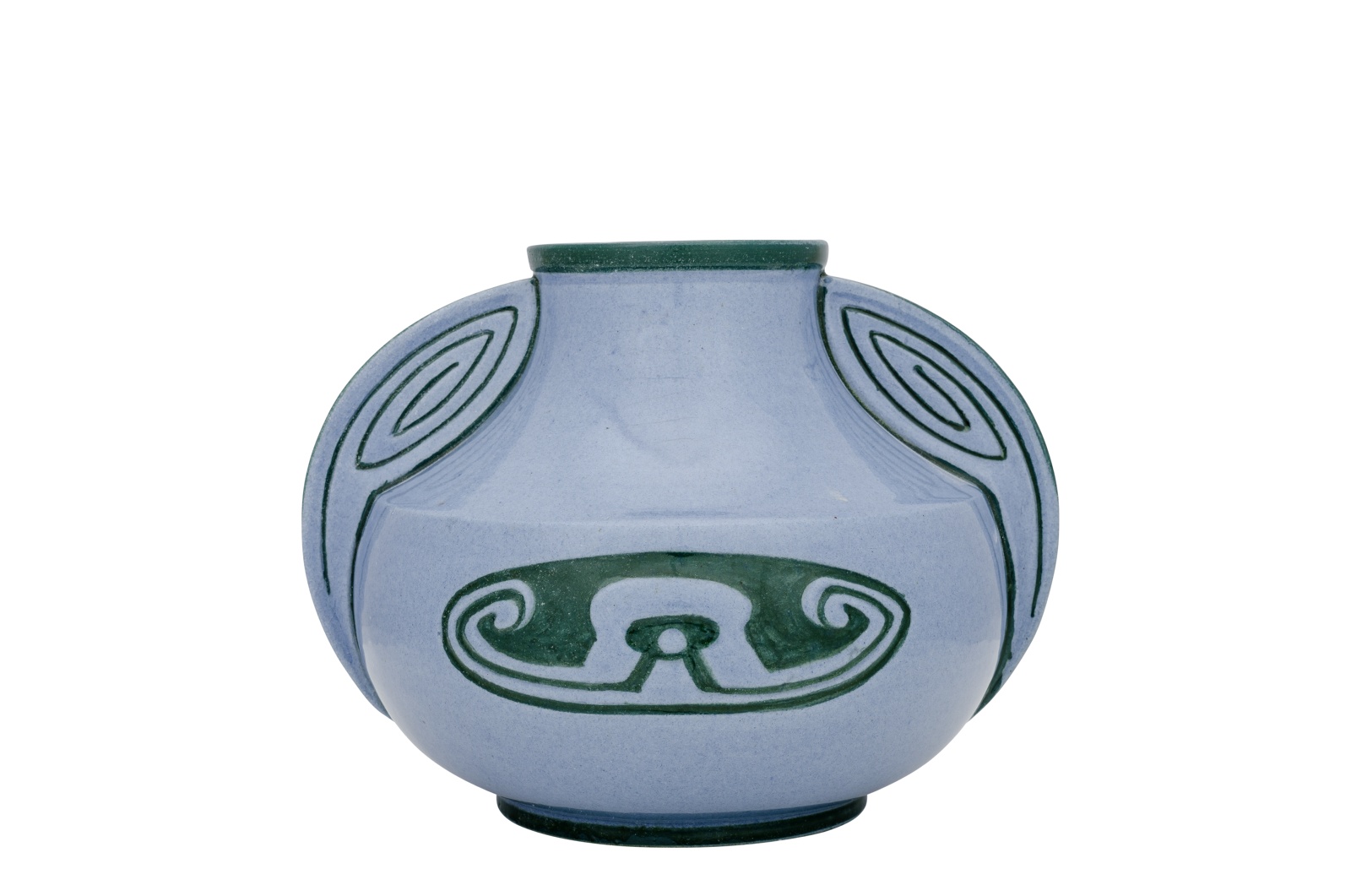
The history of Bürgel ceramics collection
This part of the collection is the oldest and most extensive. In addition to the widely known Bürgel stoneware with its typical blue throw-on glaze, the so-called »Blue Apron«, the entire spectrum of earthenware is documented. This includes numerous examples with slip decorations and the classic blue and white pottery. Pottery workshops and manufacturers which have become known for products that go beyond everyday tableware are at the center of the collection. These manufacturers include Carl Gebauer, Eberstein/Hohenstein, C. A. Schack, Carl Fischer, Otto Beyer, Walter Gebauer and the Reichmann workshop.
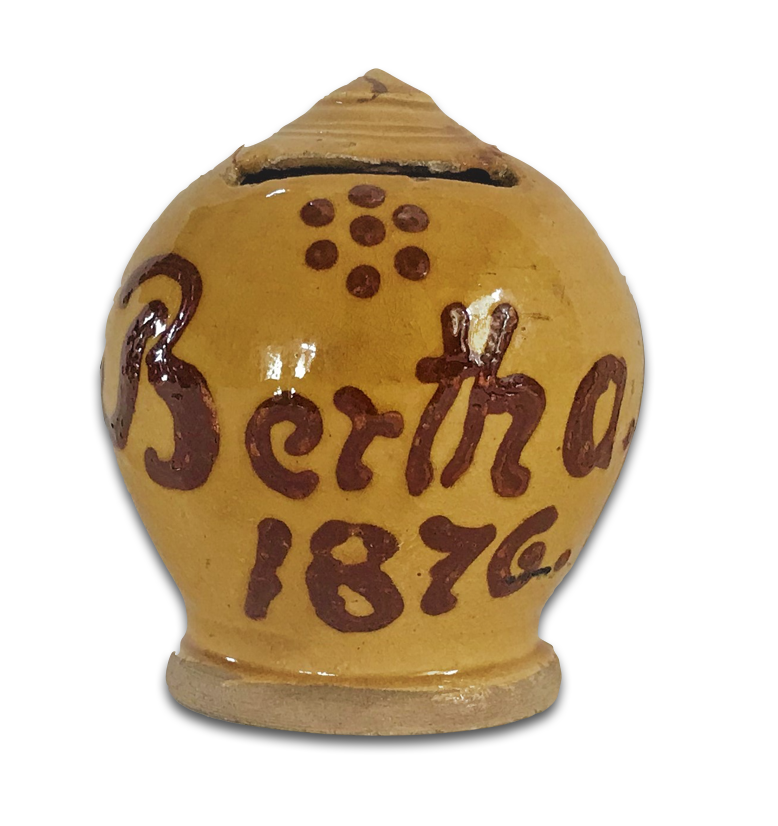
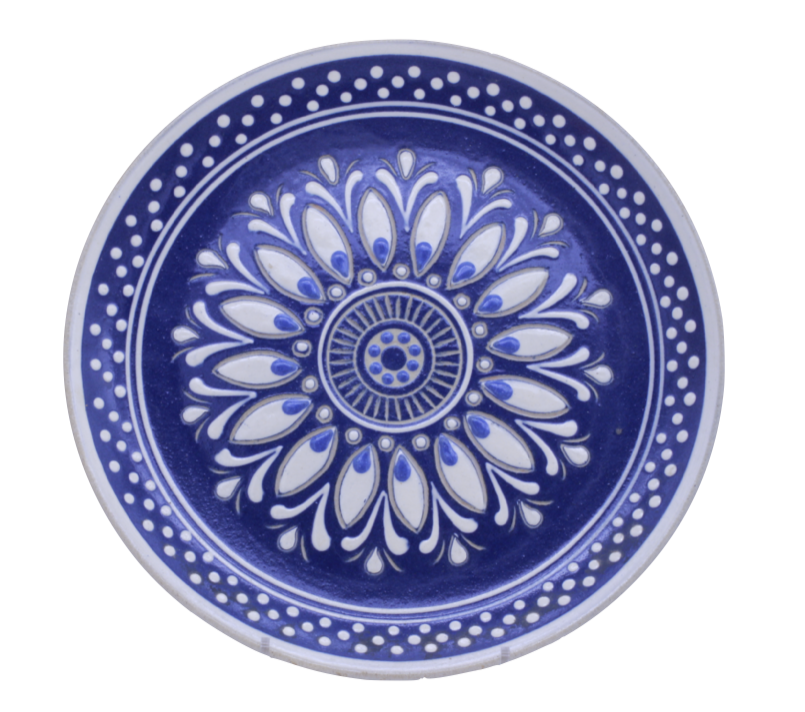
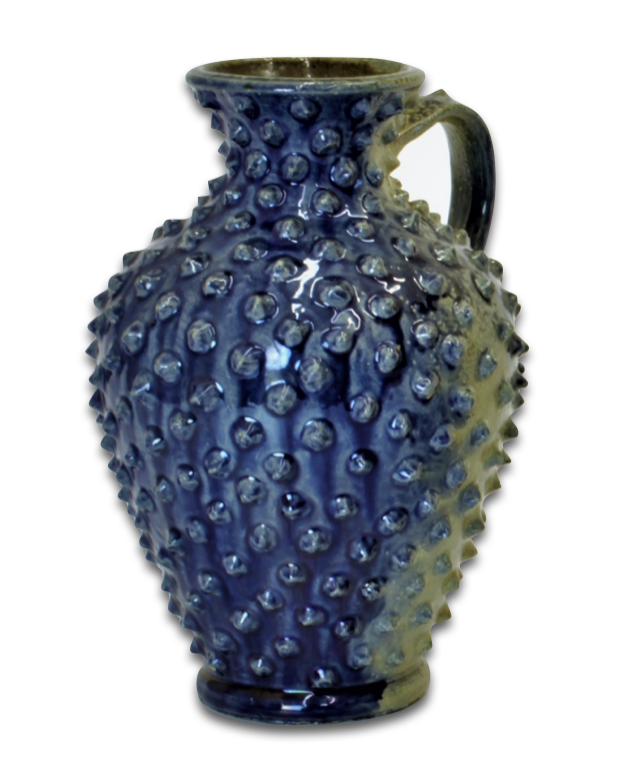
Trends in thuringian ceramics history
beyond Bürgel
Apart from Bürgel, additional centers of pottery production developed in Thuringia, such as the Werra region. Werra pottery is a small part of the collection and has been created for comparative purposes. A greater focus of the collection is on ceramics by Thuringian manufacturers from the second half of the 20th century which represented important directions in artistic as well as utilitarian ceramics in the GDR. These include the potter family Körting in Dornburg, the Saalfeld artist community around Karl Jüttner, Gerhard Dölz, Dietrich Kleinschmidt and Gerda Körting, Römhild ceramics by the workshop of Siegfried Gramann, ceramics from Friedrichroda by Joseph Höhler and Johannes Urban, objects from Langenhessen by Albert Kießling and Ralf Unterstab, as well as ceramics by Kristian Körting from Saalfeld and Ulli Wittich-Großkurth from Jena.
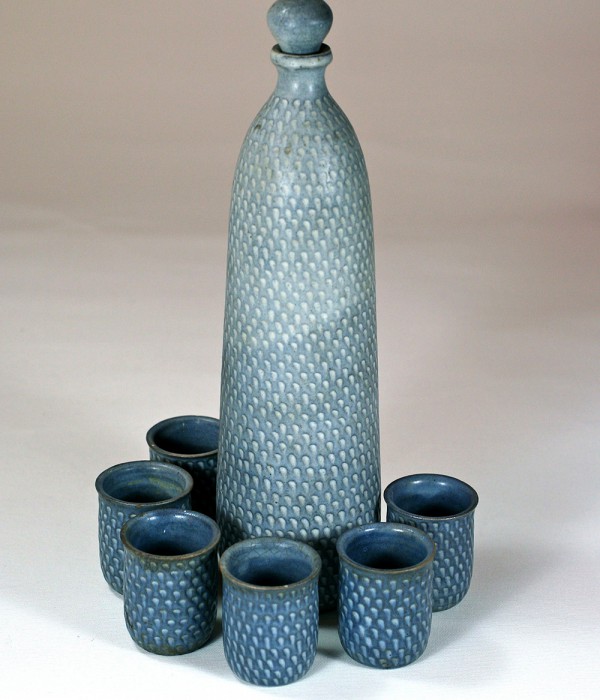
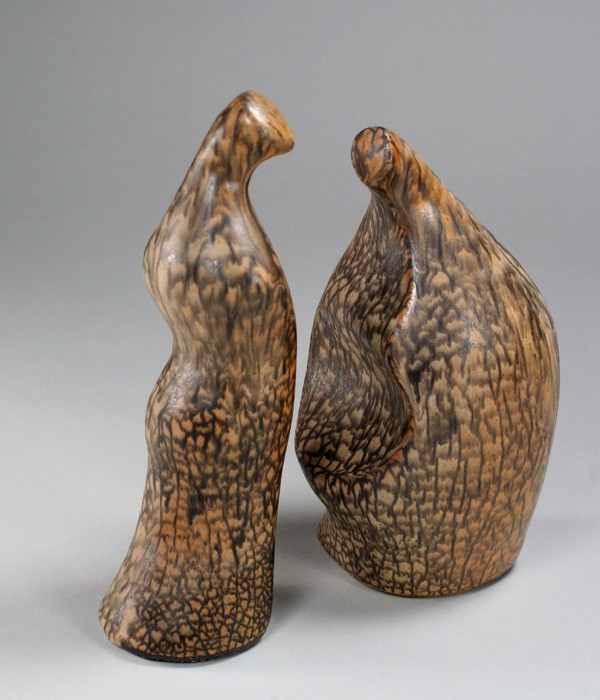
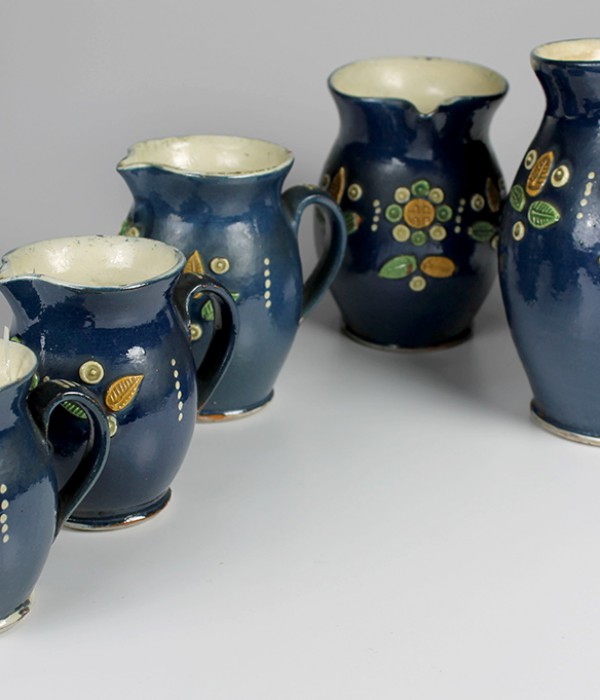
Examples of historic ceramics of the federal republic of germany
Thanks to several donations, a fairly recent and relatively small collection comprises a representative cross-section of the work of ceramicist Lotte Reimers from Deidesheim. This collection is complemented by individual examples of West German ceramics from before 1989 made by Aage Birk and Reinhold Rieckmann.
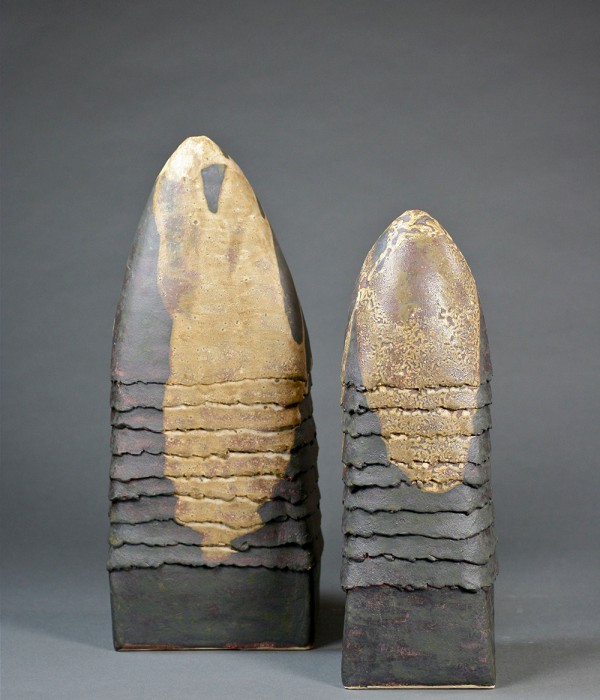
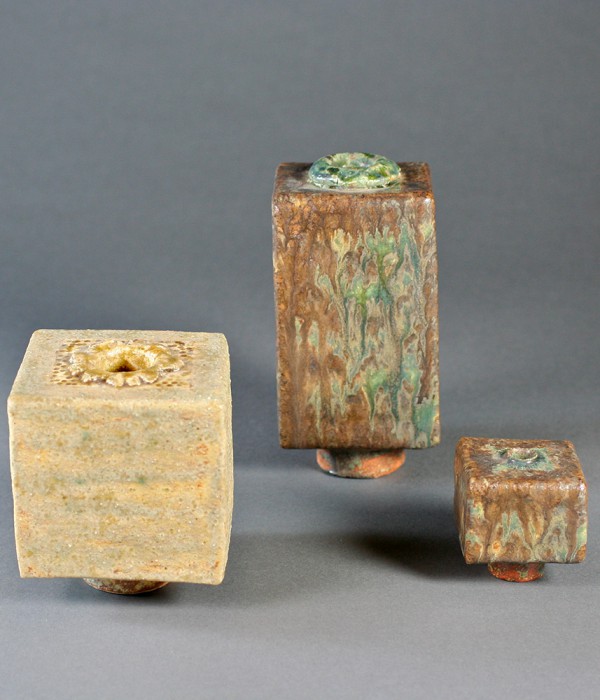

Trends in contemporary ceramics exemplified by the Walter Gebauer ceramics prize
From the first time the Bürgel Ceramics Prize (Walter Gebauer Ceramics Prize) was awarded in 1995, the Ceramics Museum has been able to purchase all entries which have won awards or received honorable mentions in the competition. Generous grants have furthermore facilitated the acquisition of award-winning works, resulting in a unique collection of outstanding contemporary ceramics. These ceramic works are characterized by their exceptional quality of craftsmanship and originality, and impressively illustrate the diversity of contemporary ceramic art.
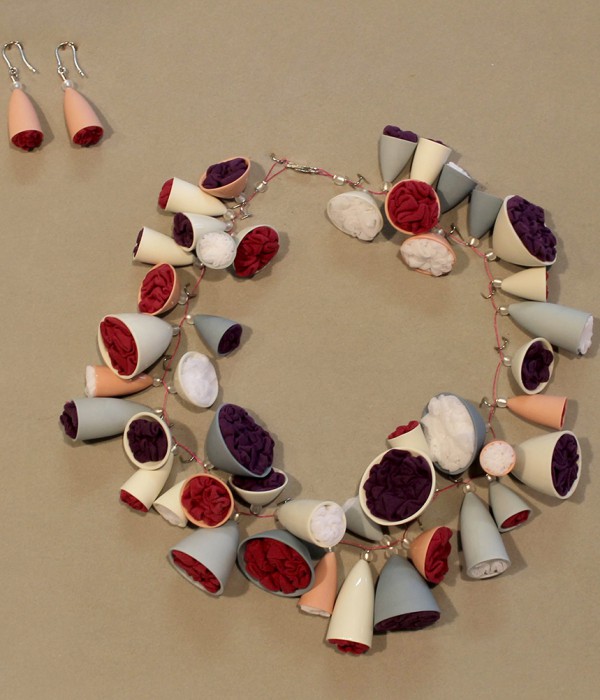
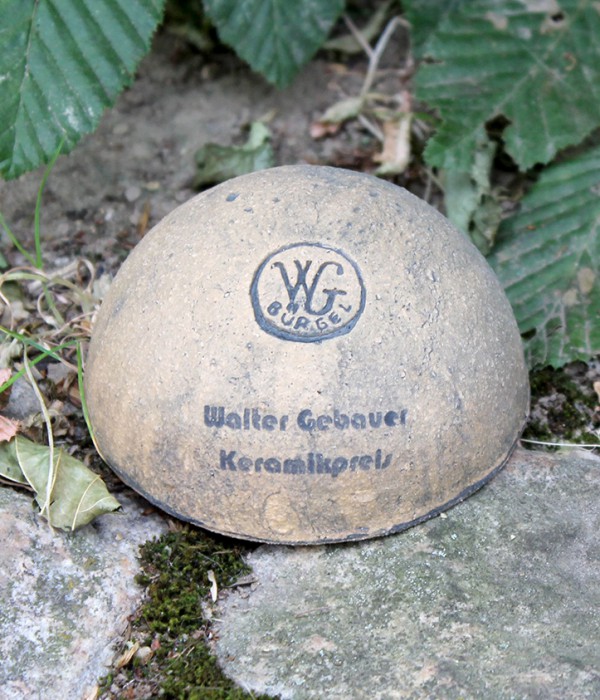
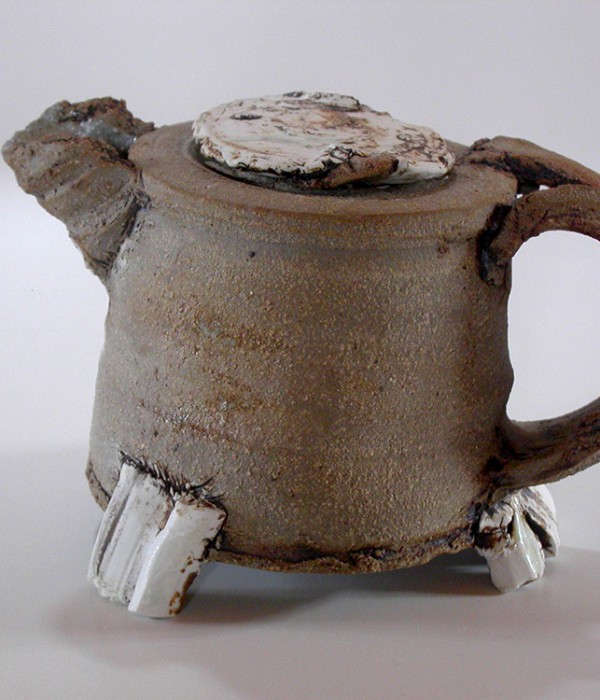
The Dornburg ceramics workshop collection
With the transformation of the Dornburg ceramics workshop into a museum, the Bauhaus collection is being continuously expanded and supplemented with objects that, on the one hand, document the history of the site and its significance in the history of ceramics and, on the other hand, enrich the museum's valuable core collection. The Bauhaus Workshop Museum is the ideal place to present this collection as the heritage of the world's only preserved Bauhaus workshop.
